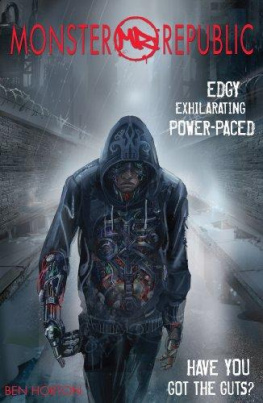Kim Ruehl - A Singing Army: Zilphia Horton and the Highlander Folk School
Here you can read online Kim Ruehl - A Singing Army: Zilphia Horton and the Highlander Folk School full text of the book (entire story) in english for free. Download pdf and epub, get meaning, cover and reviews about this ebook. year: 2021, publisher: University of Texas Press, genre: Non-fiction. Description of the work, (preface) as well as reviews are available. Best literature library LitArk.com created for fans of good reading and offers a wide selection of genres:
Romance novel
Science fiction
Adventure
Detective
Science
History
Home and family
Prose
Art
Politics
Computer
Non-fiction
Religion
Business
Children
Humor
Choose a favorite category and find really read worthwhile books. Enjoy immersion in the world of imagination, feel the emotions of the characters or learn something new for yourself, make an fascinating discovery.

- Book:A Singing Army: Zilphia Horton and the Highlander Folk School
- Author:
- Publisher:University of Texas Press
- Genre:
- Year:2021
- Rating:4 / 5
- Favourites:Add to favourites
- Your mark:
- 80
- 1
- 2
- 3
- 4
- 5
A Singing Army: Zilphia Horton and the Highlander Folk School: summary, description and annotation
We offer to read an annotation, description, summary or preface (depends on what the author of the book "A Singing Army: Zilphia Horton and the Highlander Folk School" wrote himself). If you haven't found the necessary information about the book — write in the comments, we will try to find it.
The first biography of activist and musician Zilphia Horton, a woman who inspired thousands of working people and left a legacy that changed the world.
Kim Ruehl: author's other books
Who wrote A Singing Army: Zilphia Horton and the Highlander Folk School? Find out the surname, the name of the author of the book and a list of all author's works by series.
A Singing Army: Zilphia Horton and the Highlander Folk School — read online for free the complete book (whole text) full work
Below is the text of the book, divided by pages. System saving the place of the last page read, allows you to conveniently read the book "A Singing Army: Zilphia Horton and the Highlander Folk School" online for free, without having to search again every time where you left off. Put a bookmark, and you can go to the page where you finished reading at any time.
Font size:
Interval:
Bookmark:

LOUANN ATKINS TEMPLE WOMEN & CULTURE SERIES BOOKS ABOUT WOMEN AND FAMILIES, AND THEIR CHANGING ROLE IN SOCIETY
A SINGING ARMY
Zilphia Horton and the Highlander Folk School
KIM RUEHL

UNIVERSITY OF TEXAS PRESS
Austin
The Louann Atkins Temple Women & Culture Series is supported by Allison, Doug, Taylor, and Andy Bacon; Margaret, Lawrence, Will, John, and Annie Temple; Larry Temple; the Temple-Inland Foundation; and the National Endowment for the Humanities.
Copyright 2021 by Kim Ruehl
All rights reserved
First edition, 2021
Requests for permission to reproduce material from this work should be sent to:
Permissions
University of Texas Press
P.O. Box 7819
Austin, TX 78713-7819
utpress.utexas.edu/rp-form
LIBRARY OF CONGRESS CATALOGING-IN-PUBLICATION DATA
Names: Ruehl, Kim, author.
Title: A singing army : Zilphia Horton and the Highlander Folk School / Kim Ruehl.
Description: First edition. | Austin : University of Texas Press, 2021. | Includes bibliographical references and index.
Identifiers: LCCN 2020008828 (print) | LCCN 2020008829 (ebook) ISBN 978-1-4773-1825-6 (hardcover) ISBN 978-1-4773-2155-3 (library ebook) ISBN 978-1-4773-2156-0 (non-library ebook)
Subjects: LCSH: Horton, Zilphia, 19101956. | Highlander Folk School (Monteagle, Tenn.)History. | Women civil rights workersUnited StatesBiography. | Women musiciansUnited StatesBiography. | Protest songsUnited StatesHistory.
Classification: LCC E185.98.H67 R84 2021 (print) | LCC E185.98.H67 (ebook) | DDC 323.092 [B]dc23
LC record available at https://lccn.loc.gov/2020008828
LC ebook record available at https://lccn.loc.gov/2020008829
doi:10.7560/318256
FOR THORSTEN AND CHARIS, AND QUINN ZILPHIA
Art is not a mirror reflecting reality, but a hammer with which to shape it.
BERTOLT BRECHT
I have learned that people will forget what you said, people will forget what you did, but people will never forget how you made them feel.
MAYA ANGELOU
CONTENTS
INTRODUCTION
IN FEBRUARY 1935, Zilphia Mae Johnson arrived at the Highlander Folk School in rural Monteagle, Tennessee. She came as a student in a six-week labor organizing session and stayed for the next twenty-one years, becoming one of the schools most influential teachers and labor and civil rights organizers. She created a culture program whose elements continue to be employed by people organizing for freedom around the world today. But that February, she was twenty-four years old, a college graduate, and an award-winning classical pianist. She was close to six feet tall, broad-shouldered and deep-browed, with dark hair and a wide, easy smile that put people at ease.
The daughter of a coal mine boss in Arkansas, Zilphia had watched her father, Robert Guy Johnson, work his way up from the bottommost rung, the most dangerous job in the mine, to management. On her mothers side, she came from a strong matriarchyOra Ermon Howard was one of five sisters raised by a single mother. Zilphia was the oldest of six sisters, two of whom died in infancy. The four who survived became known as a collective force: the Johnson Girls.
The sisters family life was marked by privilege, ambition, persistence, and pride. Zilphia also developed a deep intellectual and compassionate curiosity. She loved people and was determined to get to know them and find ways to empower them. She wanted everyone to have the opportunity to rise the way her father had.
Zilphia loved life and the world, the arts and nature. She was
Contrary to some of the mythology around her, Zilphia had never been an organizer when she arrived at Highlander. Yet, when she was thrust into the role of culture director there, she created songbooks for striking workers and built a radical dramatics curriculum that evolved into the kind of role-playing program that was used to train civil rights activists. She built a culture that made the school feel like the home you never knew you always wanted, where the sexes and races are equal and where every one pitches in and then relaxes around a fire and swaps songs.
She married Highlander Folk School (HFS) founder Myles Horton three weeks after meeting him, though that was not the romantic whirlwind it might seem. The Hortons were crazy about each other, but these two strong personalities formed a natural yin-yang relationship. They were deliberate and mindful about how their marriage, if treated less like the patriarchal tradition and more like an equal partnership, might realize Myless vision of building an adult education center that could transform peoples lives. And while he gets most of the credit these days for building Highlander into the force it became, the reality is that he did notcould notdo it alone.
Although he knew Highlanders culture program was going to be vital from the beginning, Myles had no idea how to bring it to fruition. But Zilphia did.
To hear their friends explain it, Myles was the head of Highlander Folk School and Zilphia was its heart. He pushed students and she gave them somewhere to land. Myles took them apart and Zilphia put them back together. These memories create a remarkable picture of how her contributions to Highlander were inextricable from its success. Together, these two changed the lives and hearts of countless people in such a way that, as their impact rippled out, America began to evolve in large, visible ways on labor and race.
Many others came and went from Highlander in those early years, contributing in valuable ways. Some remained after Zilphia died and carried her legacy forward. Many of their stories have also been overlooked in other accounts, but I have tried to give them some life here.
Myless story has been told many timesby him as well as others who have written about the schoolbut Zilphia is usually included as little more than a footnote, her innumerable contributions distilled to nameless descriptions of the schools spirit and atmosphere. To hear most authors tell it, she was simply his first wife, the woman who led the singing with her accordion after dinner.
I first encountered this diminished version of her life story while researching the histories of many of the songs she contributed. I immediately became curious. It didnt make sense that someone who was a catalyst for some of the most important songs of the twentieth century, whom Woody Guthrie and Pete Seeger both considered influential in their lives, could have possibly been just some charismatic mans wife. Moreover, it was hard to imagine that Myles Horton, who dedicated his life to helping people upend power imbalances, would have been content married to a woman who simply fell in line. Certainly, she had agency and a life worth exploring.
I thought there must be enough of a story for an article at least, so I contacted Guy and Candie Carawan, the folksingers and song collectors who had assumed a version of Zilphias role after she died. Candie had done some of her own digging and had amassed some research on the topic. So had Zilphias friend Aleine Austin, who had considered writing a book-length biography about Zilphia but simply never got around to it.
Starting from their research and ideas, I spent hours and daysin some cases, yearsinterviewing Zilphias children Thorsten and Charis, her sister Bonnie Guy Johnson Flint, her niece Shelby Flint, and various friends of the family. Charis especially endured frequent calls, texts, and Facebook messages out of nowhere and pulled from her long, clear memory, through the analytical lens her parents instilled in her, to help me characterize Zilphias personality and approximate her thoughts and feelings. When it came to characterizing the community that gathered at Highlander, Candie Carawan, Highlander librarian Susan Williams, and Zilphias friend Anne Lockwood Romasco all responded quickly, across several years, to my various impromptu questions.
Font size:
Interval:
Bookmark:
Similar books «A Singing Army: Zilphia Horton and the Highlander Folk School»
Look at similar books to A Singing Army: Zilphia Horton and the Highlander Folk School. We have selected literature similar in name and meaning in the hope of providing readers with more options to find new, interesting, not yet read works.
Discussion, reviews of the book A Singing Army: Zilphia Horton and the Highlander Folk School and just readers' own opinions. Leave your comments, write what you think about the work, its meaning or the main characters. Specify what exactly you liked and what you didn't like, and why you think so.

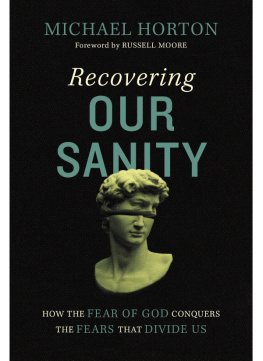
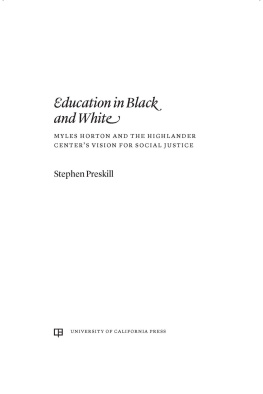
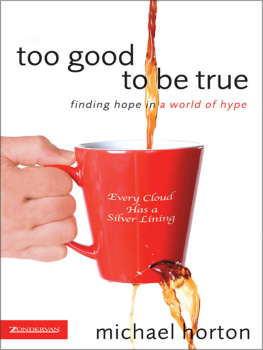
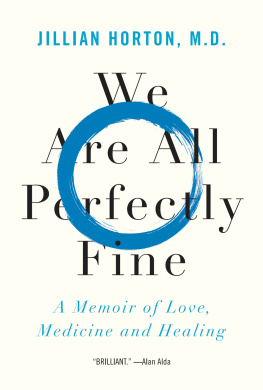
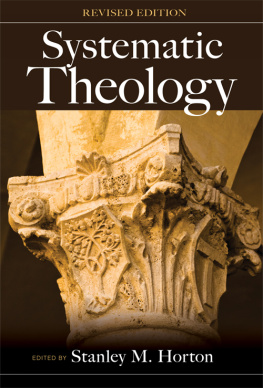



![Ivor Horton [Ivor Horton] - Ivor Horton’s Beginning Java®, Java 7 Edition](/uploads/posts/book/119392/thumbs/ivor-horton-ivor-horton-ivor-horton-s.jpg)
